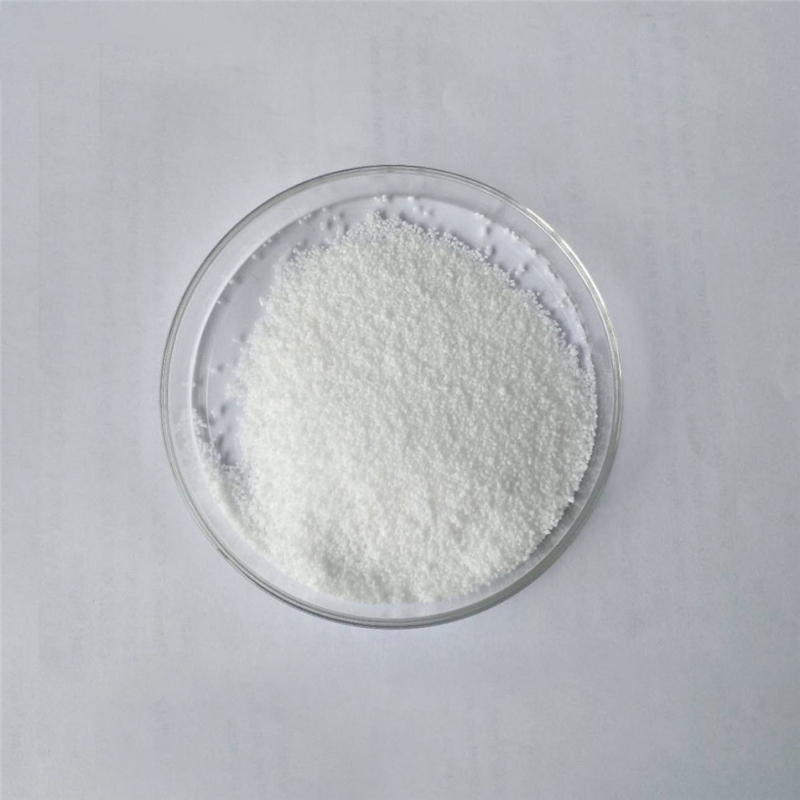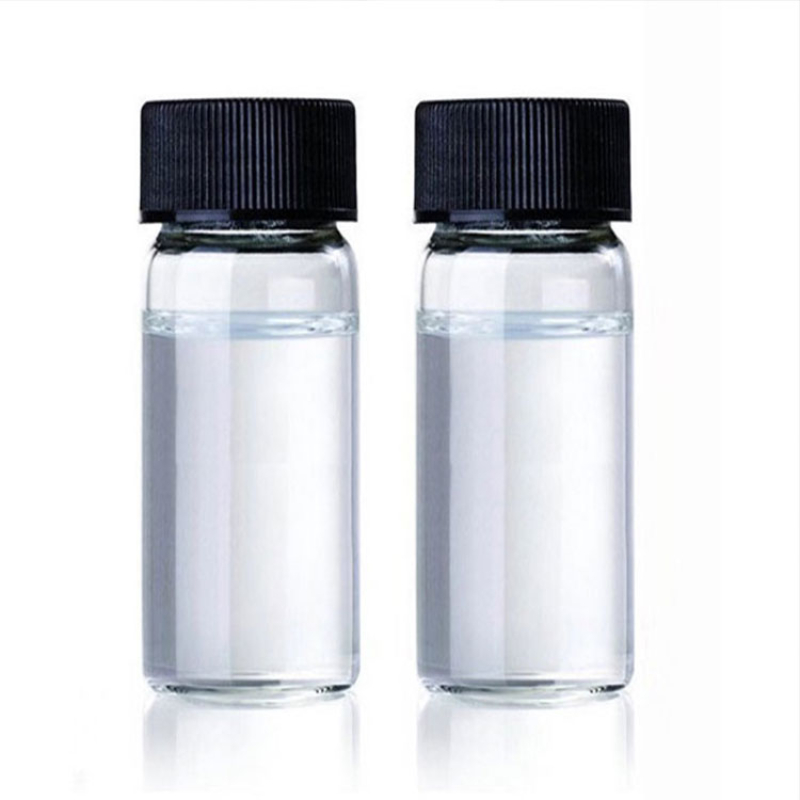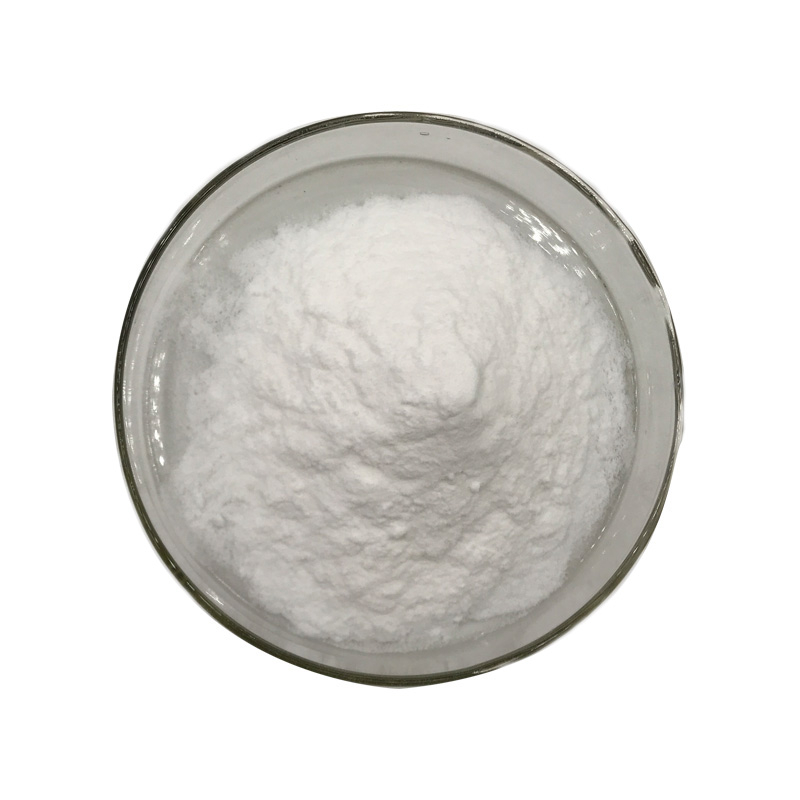Products Description of 3,5-Pyridinedicarboxylic acid CAS#499-81-03,5-Pyridinedicarboxylic Acid, English name 3,5-Pyridinedicarboxylic Acid, is a chemical substance with molecular formula: C7H5NO4.3,5-Pyridinedicarboxylic acid Chemical PropertiesMelting point >300 °C (lit.)Boiling point 295.67°C (rough estimate)density 1.5216 (rough estimate)refractive index 1.6280 (estimate)storage temp. Sealed in dry,Room Temperaturesolubility 1.0g/lform Powderpka2.8(at 25℃)color White to almost whiteWater Solubility insolubleBRN 131640InChIInChI=1S/C
Contact Now
Products Description of Sodium hydrogen ferric DTPA CAS#12389-75-2White powder.Sodium hydrogen ferric DTPA Chemical Propertiesdensity 1.607[at 20℃]Water Solubility 113g/L at 30℃LogP-11.9EPA Substance Registry SystemFerrate(2-), [rel-[N(R)]-N-[2-[bis[(carboxy-.kappa.O)methyl]amino-.kappa.N]ethyl]-N-[2-[(S)-[(carboxy-.kappa.O)methyl](carboxymethyl)amino-.kappa.N]ethyl]glycinato(5-)-.kappa.N,.kappa.O]-, sodium hydrogen (1:1:1), (PB-7-13-12564)- (12389-75-2) Factory and Equipment ShowFast delivery timeInventory 2-3 working days New production 7-10 working days
Contact Now
Products Description of Direct Ferric oxide CAS# 1309-37-1Iron oxides are produced synthetically and consist essentially of anhydrous and/or hydrated iron oxides. The range of hues includesyellows, reds, browns and blacks. Food quality iron oxides are primarily distinguished from technical grades by the comparatively low levels of contamination by other metals. This is achieved by the selection and control of the source of iron and/or by the extent of chemical purification during the manufacturing process.
Contact Now
Products Description of Direct Triiron Tetraoxide CAS #1317-61-9Triiron tetroxide is obtained from its natural mineral magnetite. In the laboratory the compound may be prepared by adding sodium hydroxide solution to an aqueous solution of 1:2 molar mixture of ferrous and ferric salt. (i.e., 1 mol FeCl2 + 2 mol FeCl3).
Contact Now
Products Description of Sodium dichloroisocyanurateCAS#2893-78-9White crystalline powder, with a strong chlorine smell, containing 60% to 64.5% effective chlorine. It is stable. When stored in hot and humid areas, the effective chlorine content only drops by about 1%. It is easily soluble in water, with a solubility of 25% (25°C). The solution is weakly acidic, and the pH of its 1% aqueous solution is 5.8 to 6.0. The pH changes little with increasing concentration.
Contact Now
Products Description of Palmitoylethanolamide (PEA) CAS#544-31-0Palmitoylethanolamide (PEA) is an endogenous fatty acid amide that belongs to the class of nuclear factor agonists.
Contact Now
Products Description of Butyl acetate CAS#123-86-4Butyl acetate is a carboxylic acid ester synthetic fragrance, also known as butyl acetate. It is a colorless transparent liquid with a strong fruity aroma. It can be mixed with ethanol and ether at will, can be dissolved in most organic solvents, and is slightly soluble in water. The solubility in water is 0.05g. Its vapor has a weak anesthetic effect, and the allowable concentration in the air is 0.2g/l. This product has a strong fruity aroma.
Contact Now
Products Description of SCLEROGLUCAN CAS#39464-87-4Scleroglucan is a non-ionic water-soluble homopolysaccharide produced by filamentous fungi.
Contact Now
Products Description of Flumethrin CAS#69770-45-2The industrial product is a clear brown liquid with a slight special odor. The specific density d is 1.013, and the vapor pressure is 1.33×10-8Pa (20°C). It is insoluble in water, but soluble in organic solvents such as methanol, acetone, and xylene.
Contact Now
Products Description of Ethyl vinyl ether CAS#109-92-2Colorless flammable liquid with active chemical reaction performance. It is easy to polymerize in liquid or gas phase. Industrial products contain inhibitors to prevent polymerization. Freezing point -115℃, boiling point 35-36℃, melting point -115.8℃, relative density 0.754 (20/20℃), refractive index 1.3767, flash point -45.5℃, autoignition point 201.66℃, viscosity (20℃) 0.22mPa·s. Slightly soluble in water, only 0.9% (by weight).
Contact Now
Products Description of ZIRCONIUM(IV) HYDROGENPHOSPHATECAS#13772-29-7Zirconium phosphate (ZrP), also known as zirconium hydrogen phosphate, has a chemical formula of Zr(HPO₄)₂.2H₂O and is a fine phosphorus chemical product. Zirconium phosphate has a white powder appearance, an acidic pH value, stable chemical properties, is insoluble in water, insoluble in general organic solvents, has good acid and alkali resistance, has high thermal stability and mechanical strength, and is widely used as a solid lubricant in self-lubricating composite materials.
Contact Now
Products Description of Diethyl Ethoxymethylenemalonate CAS#87-13-8Ethoxymethylene, also known as diethyl ethoxymethylenemalonate, is a colorless, transparent and viscous liquid. It is an important pharmaceutical intermediate and is widely used in the synthesis of medicines, pesticides and auxiliaries.
Contact Now
Products Description of Sulfanilic acid CAS#121-57-3White or off-white crystal. Hydrates lose water at 100°C, and anhydrous substances begin to decompose and carbonize at 280°C. Relative density 1.485 (25/4).
Contact Now
Products Description of Sodium 4-amino-1-naphthalenesulfonate CAS#130-13-2White or off-white flaky crystals. Easily soluble in water, soluble in 95% ethanol, insoluble in ether, slightly soluble in concentrated caustic alkali aqueous solution and ethanol solution. It is an important azo pigment intermediate, widely used in the synthesis of direct dyes and reactive dyes.
Contact Now
Products Description of 2,4,5-Trichloropyrimidine CAS#5750-76-52,4,5-Trichloropyrimidine is a new type of reactive dye intermediate raw material and a synthetic raw material for new antibacterial and anti-inflammatory chemical drugs. With the continuous increase in sales of new reactive dyes and new antibacterial and anti-inflammatory drugs, the demand for the raw material 2,4,5-Trichloropyrimidine required for its synthesis is also growing. Therefore, it is particularly urgent to study its synthesis and develop a green new process suitable for industrial mass production.
Contact Now
Products Description of Pectin CAS#9000-69-5 Pectin (English: pectin) is a natural high molecular compound. It is mainly found in all higher plants and is an important component of plant cell matrix. Pectin is deposited in the primary cell wall and intercellular layer. In the primary wall, it cross-links with microfibrils of cellulose, hemicellulose, lignin and certain extensins of different contents, making various cell tissue structures hard and showing inherent morphology, and serving as a supporting substance for internal cells.
Contact Now
Products Description of Mineral oil CAS#8042-47-5 is a highly refined petroleum distillate that is colorless to pale yellow in appearance, with a clear and viscous texture. It is essentially odorless, with a specific gravity ranging from 0.79 to 0.94 at 15.6 °C, and a boiling point that varies widely, typically between 150–894 °C. Mineral oil has a low vapor pressure, which is less than 0.1 kPa at 20 °C, and a flash point of 168.33 °C.
Contact Now
Products Description of PolycaprolactoneCAS#24980-41-4Polycaprolactone (PCL) is a semi-crystalline polymer and a chemically synthesized biodegradable high molecular material. Its structural repeating unit contains 5 non-polar methylene groups - CH2.
Contact Now
Products Description of ATP Disodium Salt CAS#987-65-5DISODIUM ADENOSINE TRIPHOSPHATE, alias: 5'-adenosine triphosphate disodium salt. Adenosine triphosphate disodium is mainly used as a skin conditioner in cosmetics and skin care products.
Contact Now
Products Description of VANPLAST 202 CAS#61790-48-5White powderVANPLAST 202 Chemical PropertiesBoiling point 1683.39℃[at 101 325 Pa]vapor pressure 0Pa at 25℃Water Solubility 1.714ng/L at 25℃LogP41.08 at 25℃EPA Substance Registry SystemSulfonic acids, petroleum, barium salts (61790-48-5)Factory and Equipment ShowFast delivery timeInventory 2-3 working days New production 7-10 working days
Contact Now
Product Description: USP 99.7% Glycerine (CAS# 56-81-5)Our premium USP 99.7% Glycerine (CAS# 56-81-5) is a high-purity, pharmaceutical-grade glycerine perfect for versatile applications across a variety of industries.
Contact Now
Products Description of Glycerol triglycidyl ether CAS#13236-02-7Glycidyl ethers include allyloxyepoxypropane, diglycidyl ether, isopropyl glycidyl ether, butoxye-popropane, diglyeidyl ether (EP-562) and epoxphenoxypropane, etc. They are a group of substances with similar chemical properties and toxic effects. They are colorless liquids with some pungent odors. They have low acute toxicity when in contact with the mouth and skin, and moderate toxicity when in contact with the respiratory tract. They mainly act on the nervous system.
Contact Now
Products Description of Salicylaldehyde CAS#90-02-8Salicylaldehyde is a light yellow oily clear liquid with a melting point of -7°C and a boiling point of 197°C. It has a burning and almond smell.
Contact Now
Products Description of 2,5-Dimethoxybenzaldehyde CAS#93-02-72,5-Dimethoxybenzaldehyde is a colorless crystal produced by methylation reaction with dimethyl sulfate in an alkali aqueous solution.2,5-Dimethoxybenzaldehyde Chemical PropertiesMelting point 46-48 °C (lit.)Boiling point 146 °C/10 mmHg (lit.)density 1.1708 (rough estimate)refractive index 1.5260 (estimate)Fp >230 °Fstorage temp. Keep in dark place,Sealed in dry,Room Temperaturesolubility 795mg/lform Crystalline Powder, Crystals and/or Chunkscolor Yellow to beigeWater Solubili
Contact Now
































